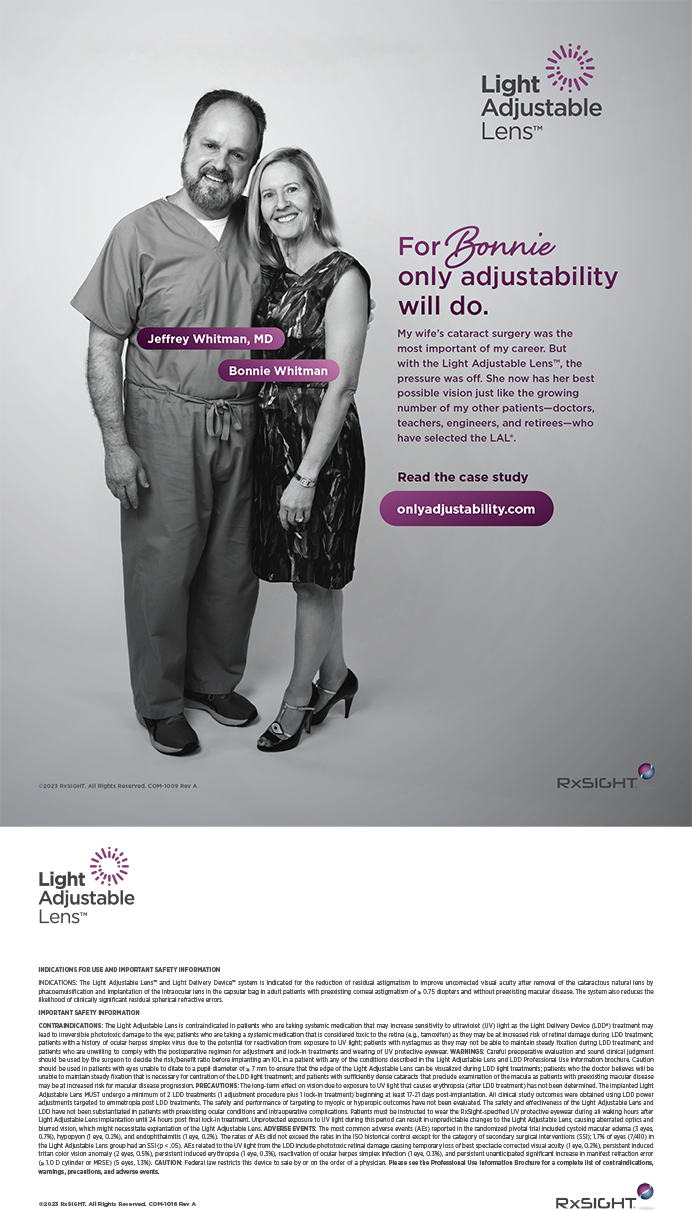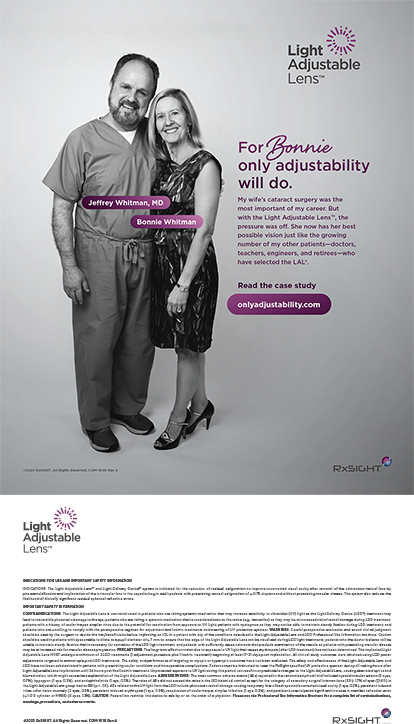I expect that many of you will be attending the AAO Annual Meeting. I always enjoy major meetings like those of the AAO, ASCRS, and ARVO. I return revitalized and brimming with optimism and enthusiasm about new treatments, possibilities, and opportunities. These conferences are where new technology, pharmacology, and procedures are unveiled. We are invited to see what was recently approved or is about to become available, and sometimes, we even get a peek into the future. We hear from experts (many are on the editorial advisory board of Cataract & Refractive Surgery Today) who have been involved in developing these new areas of interest and their clinical trials. Often, we can visit the booths and play with the new technology.
My enthusiasm is always tempered, however, by my previous experience with what is being touted as new and improved. We ophthalmologists have to separate the hype from the real McCoy. For every successful new technology like the excimer laser, phaco machine, and aspheric IOL, there is a dud like the holmium laser, intracorneal ring segments for myopia, and eyelid tattoos. My office is littered with old technology that testifies to my gullibility. These relics gather dust as my practice makes the final payments for a procedure I will never perform again. Sometimes, I look at my junkyard and ask myself, “What was I thinking?”
This year, as I prepare my Academy talks, I have a certain sense of giddiness that, a generation ago, I used to feel around my birthday or the holidays. I cannot recall a time in ophthalmology when there was more excitement about new technology. The bedrock of this specialty is cataract surgery, and we are at the precipice of launching a surgical technique that very well may revolutionize the cataract procedure by making it even safer and more precise. Phacoemulsification remains the gold standard for all surgical procedures performed in the United States. Although it is the most commonly performed operation and its results are superb, I believe we can do better.
There are several hurdles to the adoption of femtosecond-assisted cataract extraction. Its efficacy, safety, and superiority to traditional phacoemulsification must all be demonstrated. More difficult may be finding a way to pay for this technology. Health care has become an overwhelmingly important issue to doctors, the public, and the US government. My innate sense of optimism predicts that we will find a way to make the system work and continue to improve outcomes and patients’ satisfaction. Ours is a specialty driven by technology. For 20 years, my patients have been asking if I perform laser cataract surgery. Next year, I expect to smile and say, “Of course, I do.”
Eric D. Donnenfeld, MD
Chief Medical Editor


